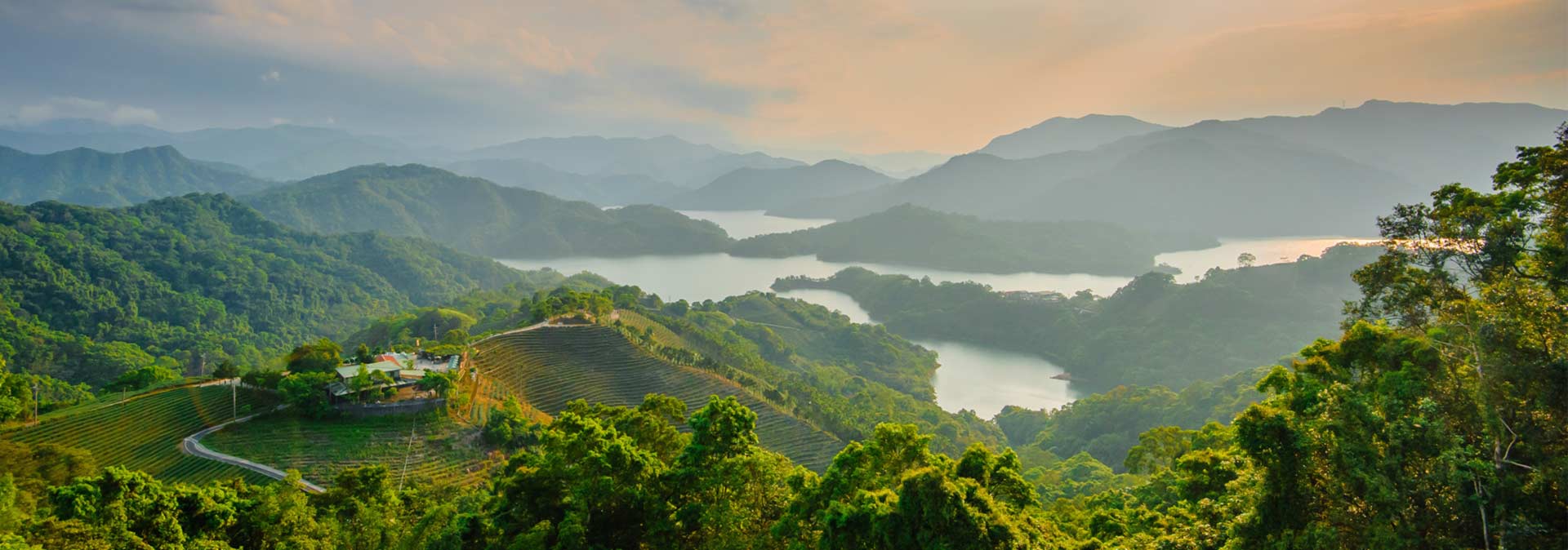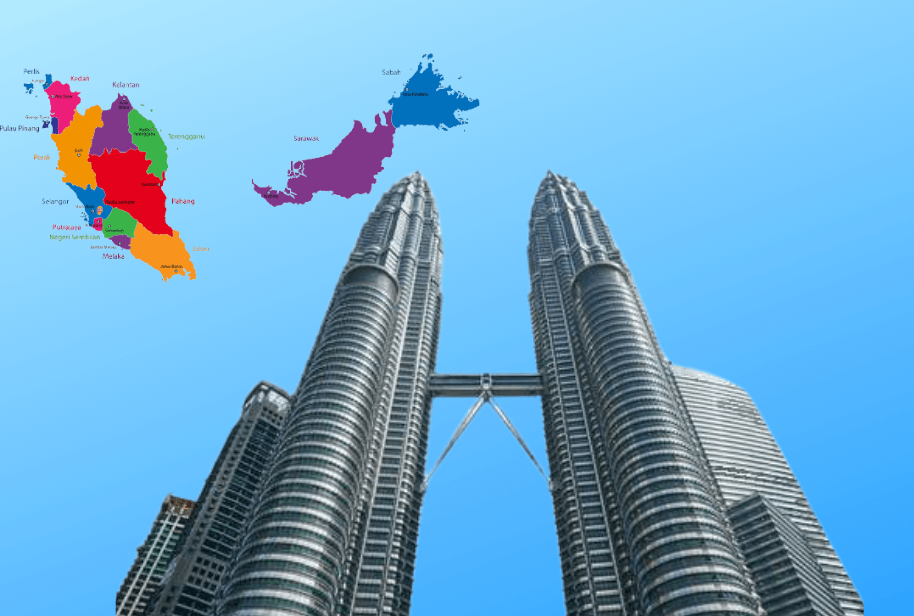Enchanting Malaysia: Unveiling the Rich Culture and Natural Wonders
৳87000
per personEmbark on a journey through Malaysia and be captivated by its rich cultural heritage and stunning natural landscapes. From the iconic Petronas Twin Towers in Kuala Lumpur to the historic streets of Malacca, every corner reveals a story waiting to be discovered. Relax on the pristine beaches of Langkawi or delve into the untamed beauty of Borneo’s rainforests. Malaysia offers a tapestry of experiences, inviting you to immerse yourself in its vibrant tapestry of sights, flavors, and traditions. Get ready for an unforgettable adventure in this enchanting destination.
Embark on an unforgettable journey through Malaysia, a captivating country that seamlessly blends cultural diversity and breathtaking natural beauty. Immerse yourself in the bustling streets of Kuala Lumpur, marvel at the iconic Petronas Twin Towers, and savor the delectable street food in Penang. Relax on the sun-kissed beaches of Langkawi, explore the historic city of Malacca, and venture into the wild wonders of Borneo. From vibrant cityscapes to serene rainforests, Malaysia promises a tour filled with enchantment, discovery, and unforgettable experiences.
-
DepartureMain City Square, Old Town
-
Departure TimePlease arrive by 9:15 AM for a prompt departure at 9:30 AM.
-
Return TimeApproximately 8:30 PM.
-
Dress CodeCasual. Comfortable athletic clothing, hiking shoes, hat, light jacket.
-
Include5 Star AccommodationPersonal GuideAirport TransfersBreakfast
-
Not IncludedDeparture TaxesEntry Fees
Day 1: Departure
Day 2: Adventure Beggins
Day 3: Historical Tour
Day 4: City Tour
Day 5: City Tour
Day 6: Beach and Hill Tour
Day 7: Return
Tour Location
Malaysia is located in Southeast Asia, sharing borders with Thailand, Indonesia, and Brunei. It is situated on the Malay Peninsula, which extends southward from mainland Asia, and it also includes the northern part of the island of Borneo. The country is divided into two main regions: Peninsular Malaysia, which is connected to mainland Asia, and East Malaysia, located on the island of Borneo. Kuala Lumpur, the capital city, is located in Peninsular Malaysia.
History of the City
Malaysia has a rich and diverse history that spans thousands of years. The region that is now Malaysia has been inhabited since prehistoric times, and it has been influenced by various indigenous cultures as well as external forces such as trade and colonization. Here is an overview of the history of Malaysia: Ancient Civilizations: The earliest known civilization in the region is the Bujang Valley civilization, which thrived between the 3rd and 14th centuries CE. It was a major trading hub influenced by Indian and Chinese merchants. The Srivijaya Empire, based in present-day Sumatra, also exerted significant influence over the Malay Peninsula during the 7th to 13th centuries. Islam arrived in the region in the 14th century, brought by Arab and Indian traders. Melaka Sultanate and Colonial Period: The Sultanate of Melaka was founded in the early 15th century and became a powerful maritime empire. It controlled the Strait of Melaka, a crucial trade route between China and India. Melaka's prominence attracted the attention of European powers, particularly the Portuguese, who conquered Melaka in 1511. Later, the Dutch seized control in 1641 and held it until the late 18th century when the British East India Company gained control. British Colonial Rule: British colonial influence in the region began in the late 18th century, primarily through the establishment of trading posts. The British gradually expanded their control over the Malay Peninsula and North Borneo (now Sabah and Sarawak). These territories were later unified under British administration as the Federated Malay States in 1895. The Unfederated Malay States and the Straits Settlements (which included Singapore) were also under British control. Japanese Occupation and Independence: During World War II, Japan occupied Malaya (Malay Peninsula) and parts of Borneo from 1942 to 1945. The Japanese occupation was marked by harsh conditions and resistance movements. After the war, anti-colonial sentiments grew stronger, leading to a push for independence. On August 31, 1957, the Federation of Malaya gained independence from British colonial rule. Formation of Malaysia: In 1963, the Federation of Malaya joined forces with Singapore, Sabah, and Sarawak to form Malaysia. However, the union with Singapore was short-lived, and it separated from Malaysia in 1965 to become an independent nation. Since then, Malaysia has consisted of Peninsular Malaysia (formerly the Federation of Malaya), Sabah, and Sarawak. Modern Malaysia: After independence, Malaysia embarked on a path of economic development, focusing on industrialization and diversification. The country experienced rapid economic growth and became one of the Asian Tigers, achieving significant progress in infrastructure, manufacturing, and services sectors. Malaysia is known for its multicultural society, with Malays, Chinese, Indians, and numerous indigenous ethnic groups coexisting. The government has implemented policies to promote social harmony and preserve the rights and cultural heritage of all ethnic communities. Today, Malaysia is a constitutional monarchy with a parliamentary system. It has made significant strides in economic development, education, and infrastructure, establishing itself as a prominent Southeast Asian nation.Write a Review
You must be logged in to post a comment.



